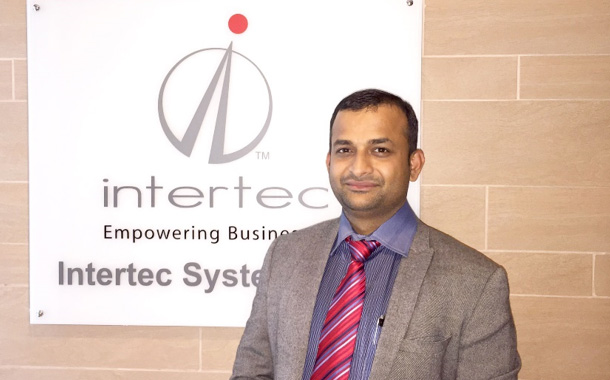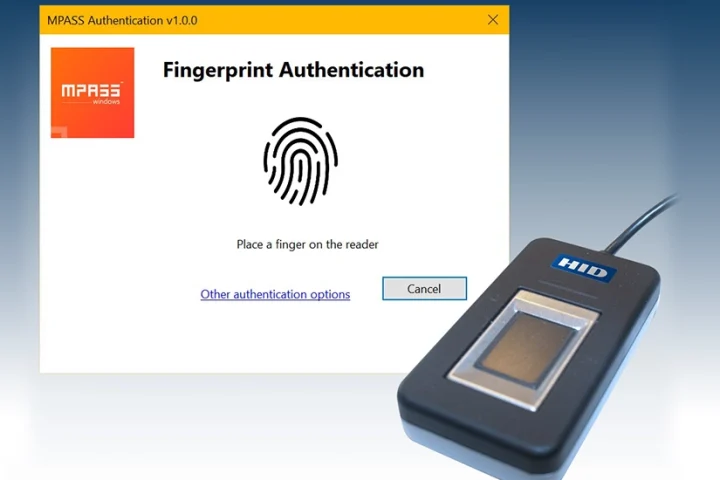Is bimodal IT a needed sustainable solution for business in a digitally disruptive world?
The current trends in the market require all organizations to be dynamic and adapt to the ever-evolving customer demands. A major component of this capacity to be dynamic is to provide customer the “experience” that meets or exceeds the expectation. This experience requires to ensure that the current offerings are always available without disruption whilst innovating and extending the services to encompass all the possible channels that lead to the experience. This exactly is the requirement for having a bi-modal IT in place or on the roadmap. The bi-modal IT is required to ensure the services are not just available, but genuine business value is achieved from the available and evolving service.
Is Bimodal IT a new approach or a messy infrastructure?
Bi-Modal IT is the way to go forward, however it requires a lot of planning to be accomplished and generate the expected outcomes. The approach is designed to ensure that organizations stay relevant in the market, be competitive and deliver services across multiple channels with ease. The governance model for the legacy and standardized IT shall ensure the uninterrupted availability and rock-solid security. Whereas the agile team will ensure that they adopt the practices that enables development, short term optimization leading to long term transformation. Both the modes should be harmonious and complementing each other acting as enablers to meet the organization goals.
If the purpose of traditional approaches is organizational security, does that mean that more agile approaches can compromise on security?
I don’t think that is completely true. The success of adoption of bi-modal IT and ensuring security is linked willingness to change, the organization culture and operating model. Security is just one of the debated points for adoption of bimodal IT as are interoperability concerns, management/migration issues and silos being created in IT. Firstly, Security should not be viewed for the traditional and new technologies separately, security should be comprehensive. Then there are contributing constituents like proper planning, availability of skilled resources, required trainings, adopting secure coding practices, leveraging encryption for system communications. All these factors will enable organization to leverage continuous risk management as well as introduce automation for faster remediation.



















